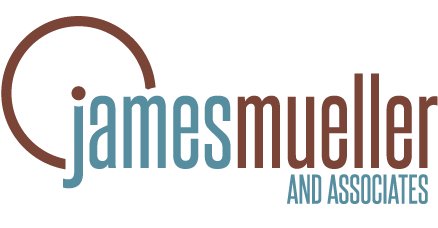Two Strategies for Improving Team Dynamics at Your Next Meeting
This is the first installment in a two-part series.
In this newly emerging era of human-centered management, there are competing opinions regarding effective use of meeting time. The “who, when, how-long” equation regarding meetings isn’t new, but with the hybrid work environment, effective meeting technique is the most important. That is, how to effectively engage members of the team so that every exchange is productive. When you get the right technique, the “who, when, how-long” become less important.
The first technique is practicing, teaching, modeling, and holding everyone accountable to present-moment awareness. This means being completely present in the moment rather than giving only part of your attention. No one is answering phones, having sidebar conversations, reading text threads, or reviewing documents. Present-moment awareness includes leaning into the discussion and actively listening. When others feel listened to, they’re more receptive. In this environment, people are more thoughtful about their contributions because everyone is heard.
The second is recognizing the positive. Immediately call out a productive contribution. Focus on what people do right rather than what goes wrong. Practicing an appreciative approach to interpersonal engagement creates a powerfully positive dynamic in the room. Research has proven that appreciative inquiry changes the way the brain functions. People are more able to see and then focus on the possibilities and negativity subsides.
When you recognize that someone is off track during a meeting, don’t let it slide. Address it in a one-on-one private conversation, using what we call positive inquiry coaching. This approach helps the individual identify the issue themselves. For instance, you might say, “During the meeting, I didn’t understand where you were going with your comment. What did you have in mind, and what were you hoping to achieve?”
Follow-up questions might include:
“How did you read the group’s response?”
“What effect did it have on the meeting?”
“What might be other approaches to achieving what you had hoped?”
These questions serve a number of purposes: as a manager, you demonstrate that you are truly interested, you ask non-judgmental questions that help the individual map their logic or thinking process, and you get a more informed understanding of the individual’s thinking process. They, in turn, explore their own choices through self-discovery. Consistently employing this process has a positive, long-lasting effect on the way people engage.
Watch for part two of this series when I’ll review specific language you can use with two more strategies to improve team dynamics.
Even better, subscribe to my newsletter. I’ll send you an email when part two is available so you can stay up to date on effective strategies for improving team dynamics.

